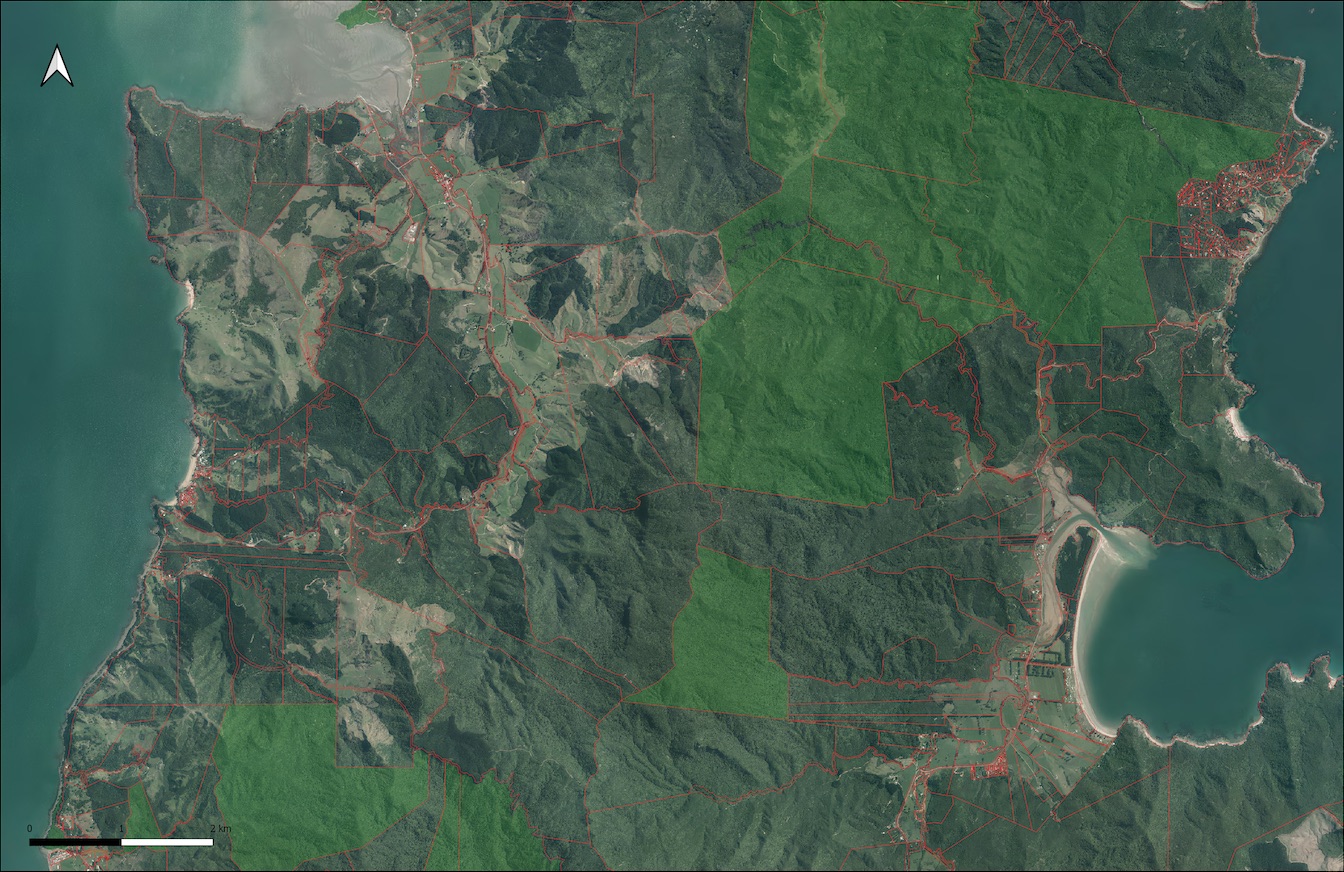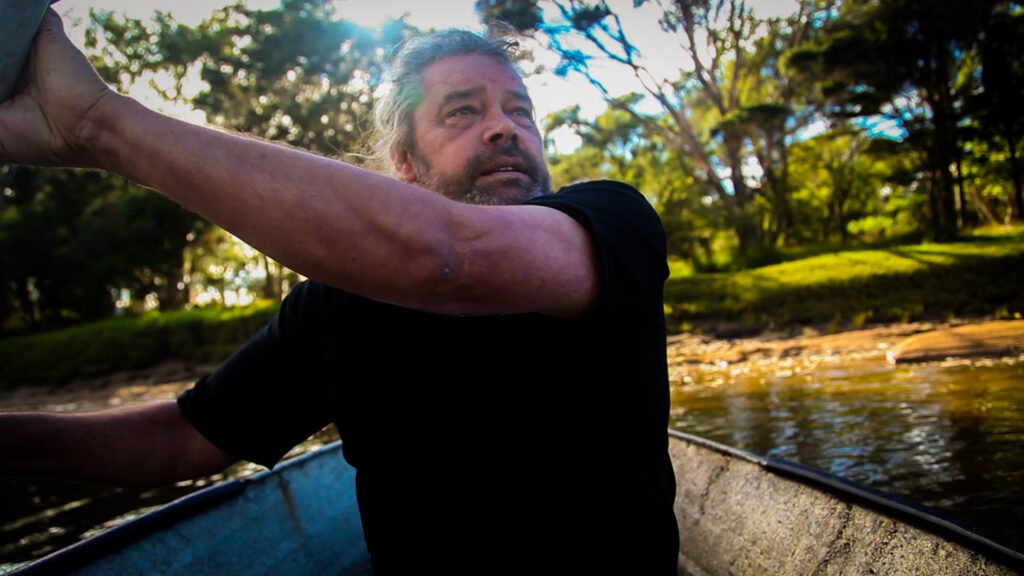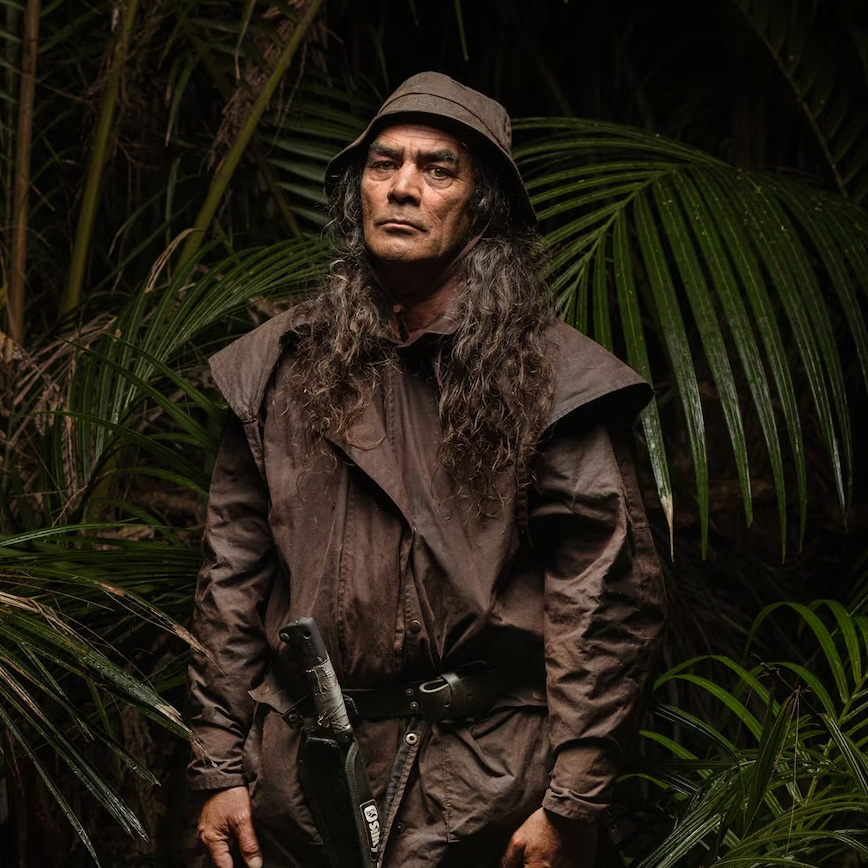Te Ranga Wairua covers a unique and special piece of the Coromandel peninsula where the native and endemic species are in dire need of protection. Significant loss and fragmentation of habitat coupled with the devastating impacts of invasive pest mammals threaten the survival of the remaining native flora and fauna.
The still heavily forested ranges provide extensive habitat for many threatened species, including pekapeka (bats), mokomoko (lizards), kākāriki, kākā, and Coromandel brown kiwi. It is the only place in the world where the critically endangered Archey’s and at risk Hochstetter’s frogs/pepeketua are both found. Streams that flow from the forested ranges harbour an array of native invertebrates and fish, including tuna (longfin and shortfin eels), three species of kōkopu, and kōaro. Without introduced trout as predators, these streams are exceptional habitat for these species. Large ecologically-significant wetland and forest sequences still exist in the Harataunga Stream catchment. These areas shelter the endangered matuku hūrepo (Australasian bittern), mohoperehū (banded rail) and mātātā (North Island fernbird). Beaches and coastal cliffs are home to a variety of native seabirds, including tūturiwhatu (New Zealand dotterel), ngutu pare (wrybill), and taranui (Caspian tern).
On the Coromandel Peninsula, the main threats to ecosystem integrity and biodiversity are animal and plant pests (some would include humans as being a part of this category). If we remove the animal pests, we can begin to restore our unique biodiversity.



